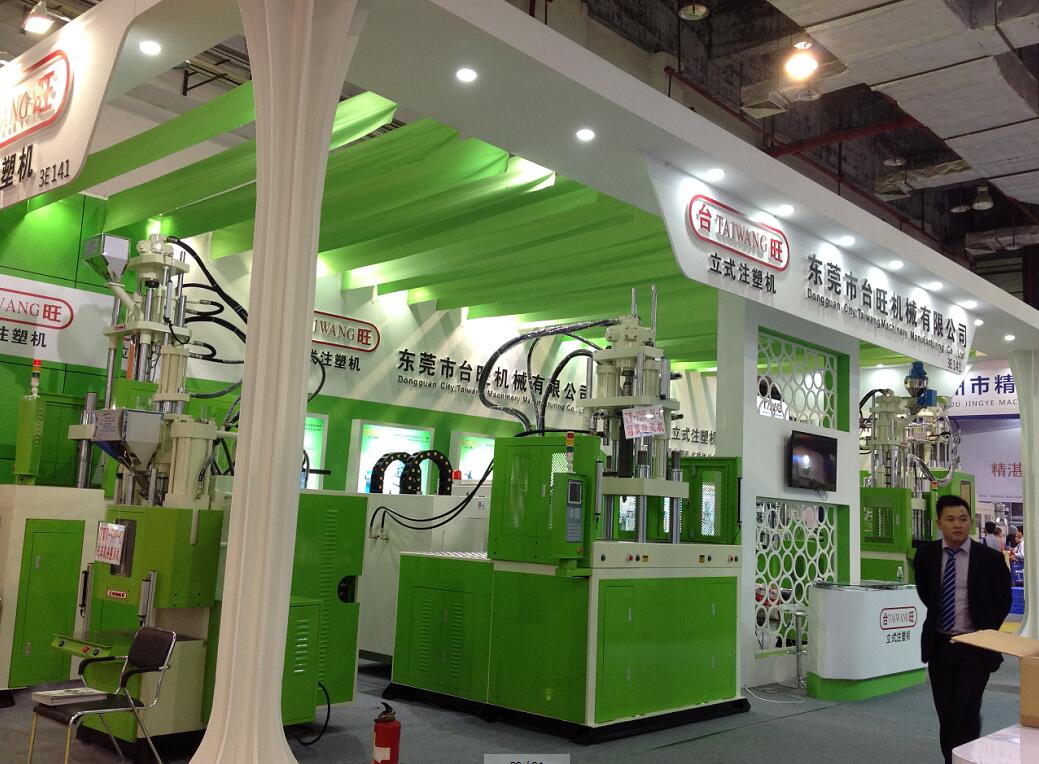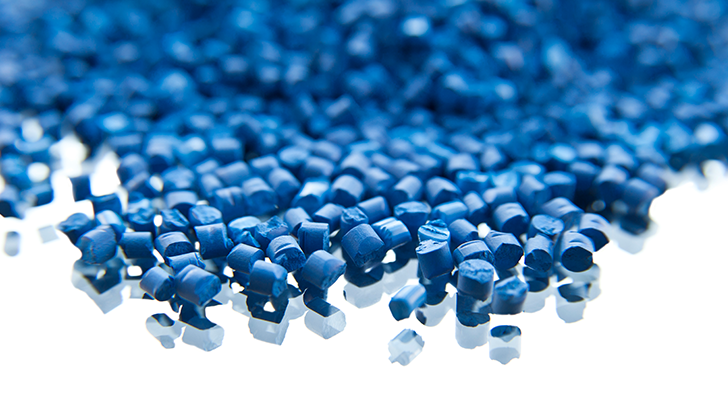
Introduction to plastic material selection
Plastic material selection is an involved process filled with complexities such as medical device classifications, mechanical properties and cost. However, you can streamline the selection process by eliminating classes of plastics and individual plastics based on your specifications, which can help you pinpoint an appropriate material. Second opinions and new device designs can also provide new and / or cost-effective possibilities.
Note that identifying the type of plastic material should take precedence over identifying a specific brand. You should also consider resins based on their availability and performance capabilities.
There are two major families of plastics: Thermoplastics and thermosets. Thermoplastics are moldable at specific temperatures and cool upon solidification. They are defined by their ability to be heated and reheated. Thermosets, on the other hand, remain in a permanently solid state once cooled, making them ideal for sealed products (e.g., rubber O-rings). Products made with thermosets have high temperature resistance.
Thermoplastics for medical devices
Thermoplastics are optimal for medical devices due to their moldability, compliance with FDA and medical classifications as well as their ability to accommodate complex geometries. Their adaptability is paired with melt flow rates, vibration resistance, ergonomics and temperature resistance.
There are two classes of thermoplastics — amorphous and semi-crystalline thermoplastics — that are further classified into high performance, engineering and commodity thermoplastics.
Thermoplastics* |
Amorphous Thermoplastics |
Semi-crystalline Thermoplastics |
| Amorphous High Performance Thermoplastics Example: Polysulfone |
Semi-crystalline High Performance Thermoplastics Example: Polyetheretherketone |
|
| Amorphous Engineering Thermoplastics Example: Polycarbonate |
Semi-crystalline Engineering Thermoplastics Example: Nylon |
|
| Amorphous Commodity Thermoplastics Example: Acrylic |
Semi-crystalline Commodity Thermoplastics Example: Polypropylene |
*Cost, strength and temperature resistance is highest with high performance thermoplastics and lowest with commodity thermoplastics. However, commodity thermoplastics have higher production volumes than high performance thermoplastics.
Amorphous thermoplastics
Amorphous thermoplastics are fairly easy to injection mold because their randomly ordered molecular structure allows them to soften gradually. Furthermore, their translucent nature makes them easy to color and decorate. Additional attributes include:
- Bonding
- Cost-effectiveness
- Dimensional stability
- Impact resistance
Note that amorphous thermoplastics generally have poor fatigue resistance and final products are prone to stress cracking if they aren’t designed properly. However, they are ideal for secondary operations and can be used to manufacture handheld devices for medical operations.
High performance amorphous thermoplastics (e.g., polysulfone and polyetherimide) exhibit high chemical, temperature and strength resistance. Although commodity amorphous thermoplastics (e.g., acrylic and polystyrene) cost less, they exhibit lower strength and temperature resistance.
Semi-crystalline thermoplastics
Semi-crystalline thermoplastics are characterized by their overall strength and sharp melting points due to their ordered molecular structure. Key attributes include good:
- Chemical resistance
- Electrical properties
- Fatigue resistance
Semi-crystalline thermoplastics are not usually biocompatible, which is why popular materials, such as glass-filled nylon, are used for the inside of handles where they won’t be exposed to patients. In fact, their crystallinity and lubricity makes them strong contenders for the internal components of medical devices. Other applications include breakaway features for medical devices that will be used once, such as ratcheting gears, spring arms and structural loads.
High performance semi-crystalline thermoplastics, (e.g.,polyetheretherketone and polyphenylene sulfide) exhibit good wear, temperature and chemical resistance as well as high stiffness. They can also withstand sterilization and be autoclaved multiple times, such as for dental applications. Semi-crystalline engineering thermoplastics (e.g., nylon) are not as strong or temperature resistant but work well for the internal moving parts on a medical device.

Injection molding amorphous vs. semi-crystalline thermoplastics
Thermoplastics are generally provided to injection molders in pellet form (see image above). The pellets are then heated into a liquid state and injected from a heated barrel into a cooled mold to harden and set. Thermoplastics can be reheated into a liquid state to be processed again. Thermosets, on the other hand, only turn into a liquid state when heated one time; they cannot be heated and processed again once set.
Injection molding amorphous thermoplastics requires special attention to material shrinkage in the mold and moisture absorption. Although the material usually needs to be injected with high pressure, realize that overpacking is a significant concern. Furthermore, their ability to chemically bond with similar materials makes them ideal for overmolding applications.
Injection molding semi-crystalline thermoplastics requires precise temperature settings because they have sharp melting points and subsequent cooling times. Incomplete crystallization can result in warp while underpacking can cause sinks and voids.
Suggested selection process
Although there is no perfect selection method due to the amount of available materials, the following steps can help narrow your search:
- Determine if your plastic material options comply with regulations for:
- Biocompatibility (USP Class VI and ISO 10993)
- Biosorption
- Electric properties (UL)
- Food contact (FDA)
- Look at how materials stand up to sterilization (e.g., autoclaving, gas and radiation) since their properties and color can change depending on the method and / or number of exposures.
- Establish part design as a constraint since some materials are not conducive to certain applications.
- Consider chemical resistance with regard to color, aesthetics, internal exposure and external exposure.
- Research mechanical properties such as:
- Dielectric properties
- Heat deflection temperature
- Impact strength and hardness
- Maximum operating temperature
- Physical properties
- Tensile and flexural strength
- Ultraviolet filtering
- Ultraviolet resistance and visible light transmission
- Research the availability of plastic materials based on order volume. For example, within amorphous plastics, polysulfone is more expensive per pound than high impact polystyrene.
- Establish your budget; anything from the amount of material to additives can increase cost.
Carefully consider shrink rates because once a mold with a specific shrink is designed, you are locked into that mold. Since the selection process can get complicated, we recommend that you consult a material supplier.





Leave a Reply
Want to join the discussion?Feel free to contribute!